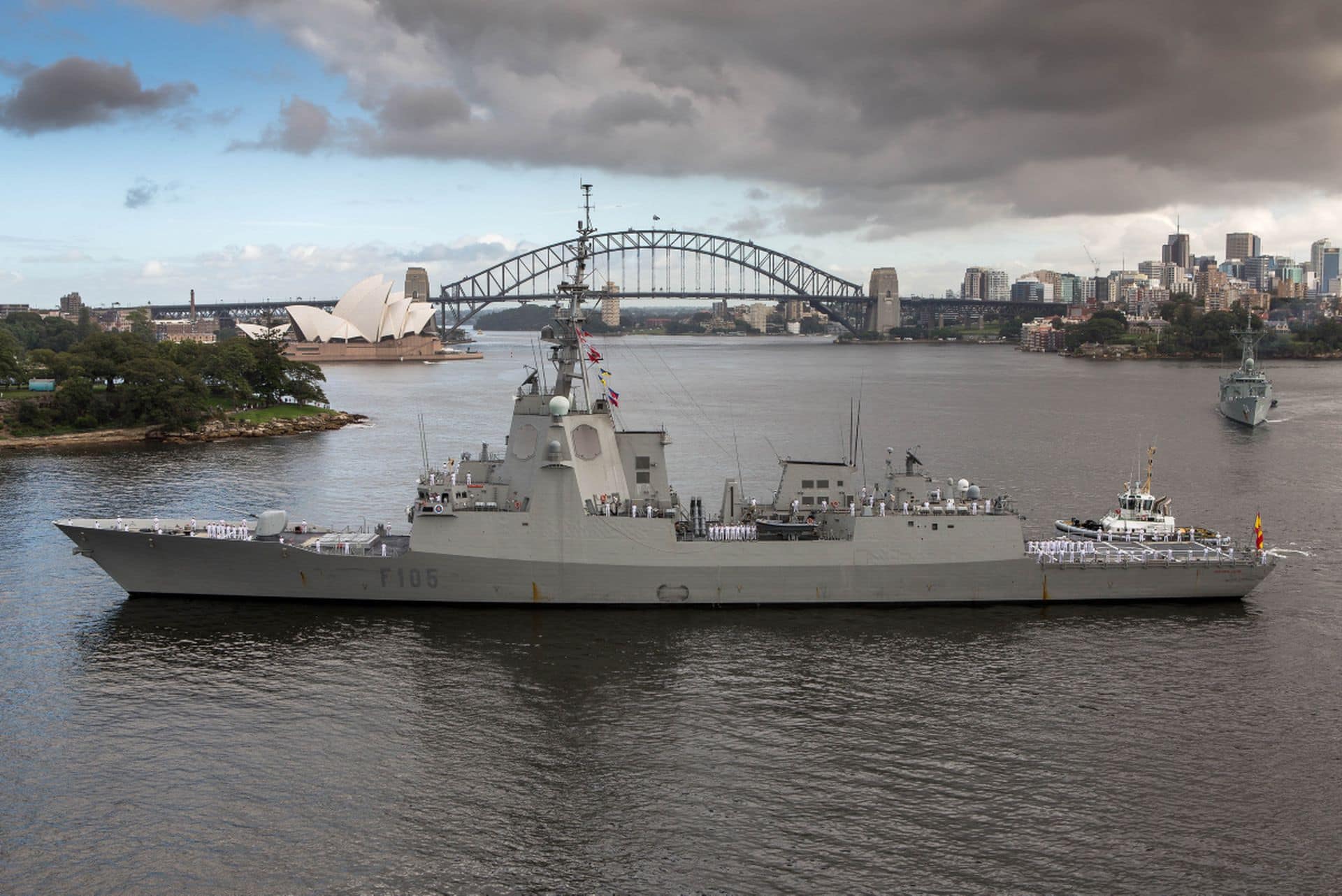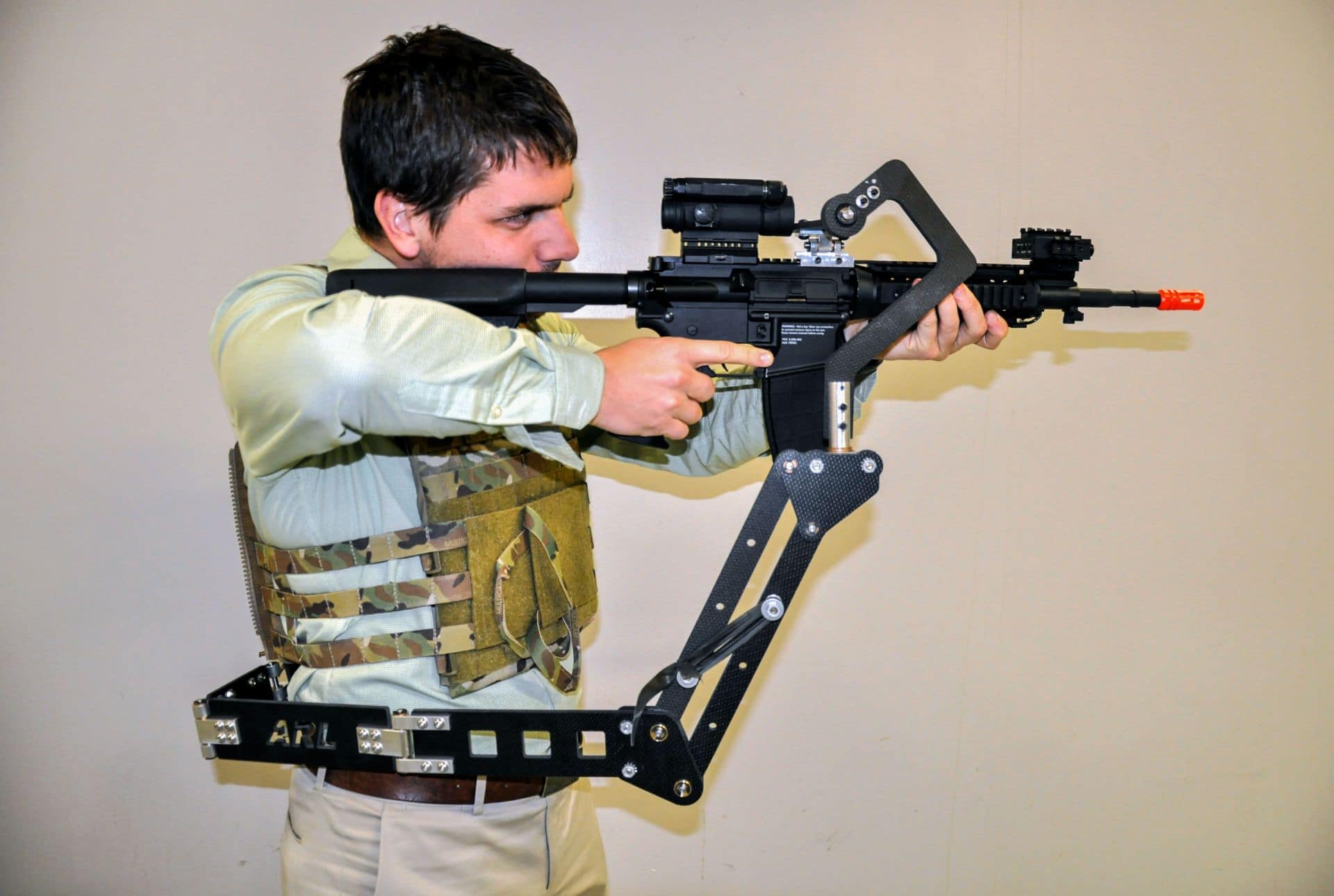HMA Ships Darwin, Melbourne and Parramatta have escorted the Spanish Armada’s Cristobal Colon into Sydney Harbour as part of her role in providing platform and familiarisation training to Australian personnel.
Over the next three months the ship will assist in enabling Australian Navy people to have advance training for Australia’s first Aegis Guided Missile Destroyer, Hobart.
Commanding Officer Hobart Captain John Stavridis said the opportunity to embark in Cristobal Colon presented an opportunity for the Royal Australian Navy to prepare Hobart and the Navy for the swift effective operation of the destroyers.
“Being able to train with the men and women of the Cristobal Colon is invaluable as it will provide knowledge and insights that will complement the extensive training provided as part of the introduction into service process,” Captain Stavridis said.
Hobart will be the first of three destroyers delivered to the Royal Australian Navy and will be commissioned into service in September this year.
The destroyers are based on the Navantia-designed F-100 frigate and share significant platform similarities with Cristobal Colon. TheArmada has been operating the class since 2002.
The Royal Australian Navy will embark 40 sailors in Cristobal Colon for the duration of her deployment.
During her stay on the east coast, Cristobal Colon will take part in two major exercises led by Australia – SEA EXPLORER and SEA RAIDER.
The exercises are designed to develop the Navy’s joint littoral combat capabilities across the full spectrum of maritime operations and provide realistic scenarios for the crews.
Cristobal Colon initially arrived in Australia in February to take part in Exercise OCEAN EXPLORER off Western Australia.
The exercise was designed to train the fleet in high end war fighting and involved 13 warships and five aircraft from Australia, Italy, Spain and New Zealand, including Darwin.
Commanding Officer Darwin Commander Phillip Henry said OCEAN EXPLORER had achieved its aim of combining separate naval units into effective fighting task groups.
“Throughout the operation all units were identifying new ways to increase the task group’s efficiencies and effectiveness, resulting in a battlefield effect that allowed the task group to punch well above its weight,” Commander Henry said.











